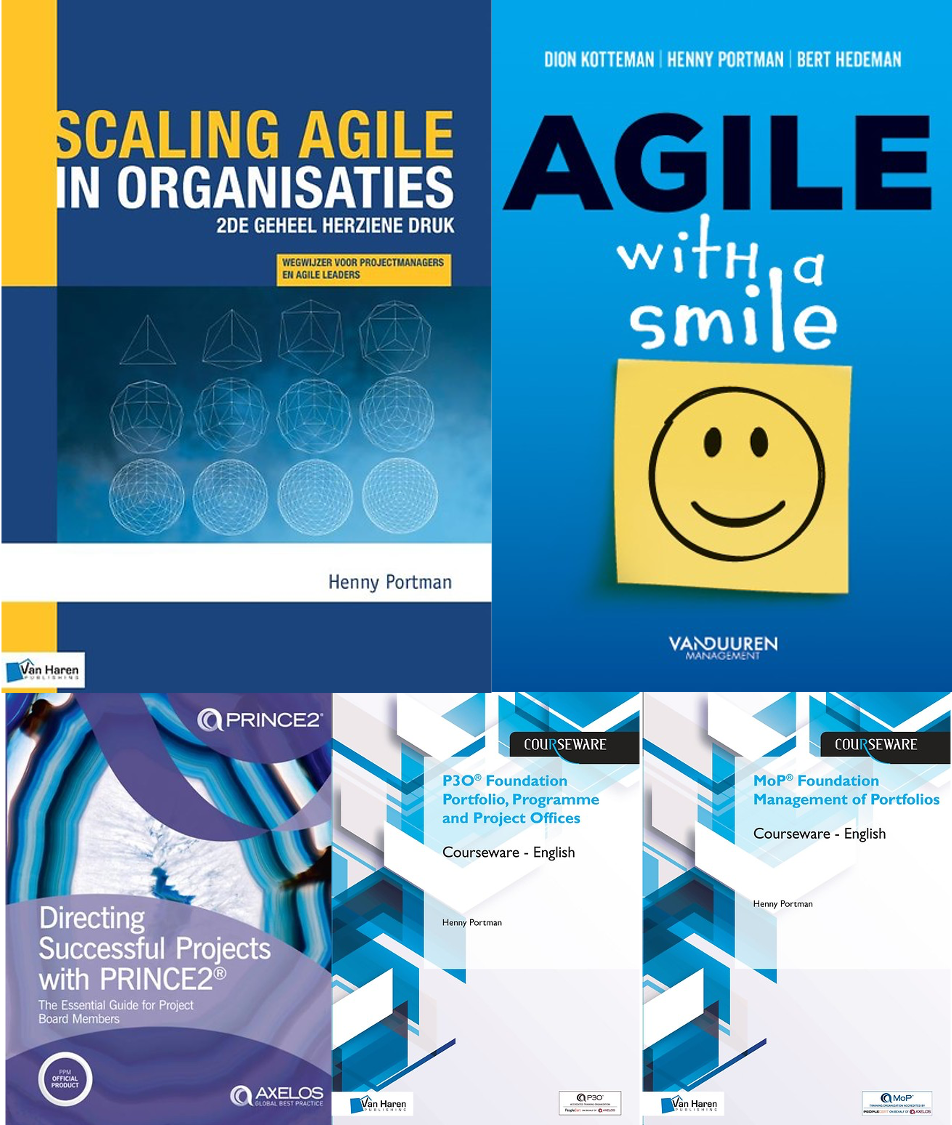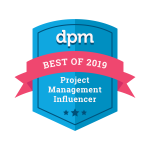 I received from NineFeetTall, a set of six little books:
I received from NineFeetTall, a set of six little books:
- The little book of Business Analysis; Basic principles, tips, stats, facts and methodologies in an easy-to-follow format.
- The little book of Project Management; Ideas and strategies to make every project run smoothly and efficiently.
- The little book of Change Management; Tips to help you manage and get the most out of change in your organization.
- The little book of PMO; Models, tools and processes appropriate for any size or scale of business.
- The little book of Work Resolutions; Tips to manage your own work-health and work-family balance.
- The little book of NineFeetTall; who they are, their services, people, experience and client testimonials.
The little book of Business Analysis
 This book starts with ‘What is ….Business Analysis?, and the role of a Business Analyst?’ After setting your strategy you have to understand the internal and external factors that can effect your proposed strategy by using e.g. SWOT analysis, PEST analysis, Porter’s 5 forces or McKinsey’s 7S model.
This book starts with ‘What is ….Business Analysis?, and the role of a Business Analyst?’ After setting your strategy you have to understand the internal and external factors that can effect your proposed strategy by using e.g. SWOT analysis, PEST analysis, Porter’s 5 forces or McKinsey’s 7S model.
Next, you need to get a version of the truth by selecting the right elicitation techniques. You get pros and cons and when to use it for the following elicitation techniques: interviews, workshops and surveys. The following topic is all about capturing requirements. From requirements analysis, the definition of a requirement, documenting requirements, prioritizing requirements (MoSCoW), the sign-off and avoiding scope creep.
Next topic is process design. The following process mapping tools and models are explained:,rich pictures, flowcharts, swim-lanes, use cases and data flow diagrams. What are the differences between improvement and re-engineering and/or business process redesign. The last parts are focussing on testing (strategy, plan and scope) and checking business readiness.
The little book of Project Management
 This book starts with definitions of a project and the role and type of a project manager. Several project lifecycles are explained starting with linear, followed by a more adaptive approach and ending with the Microsoft Dynamics Lifecycle – ‘Sure Step’.
This book starts with definitions of a project and the role and type of a project manager. Several project lifecycles are explained starting with linear, followed by a more adaptive approach and ending with the Microsoft Dynamics Lifecycle – ‘Sure Step’.
The beginning is the most critical point, so the objectives of project initiation and the steps to take are described. Direct/Indirect, tangible/intangible, (non-) monetary (dis-)Benefits as well as the business case are explained. Pros and cons of Agile, waterfall and PRINCE2 are given. A separate part is about Hatching the plan. What are the objectives of the planning, the essentials, the steps to take, defining benefits and calculating the critical path and managing risks and issues.
Staying in control, communicating and using a change control process are key. And when you are done you have to select the right approach to go ‘live’, check if all pre-requisites (testing, training, business simulation, business readiness and communications) are completed. The last part is dedicated to the lessons learned, some common project pitfalls and some don’ts when picking a project name.
The little book of Change Management
 Change management is about people in organizations to think, feel and do differently!
Change management is about people in organizations to think, feel and do differently!
Understanding requirements, emotional engagement and on-going actions are key. Based on the 9 principles results in five key elements of a change management programme. The first is about the vision and benefits. You get 9 tips for creating a powerful vision for change and tools to help understand the change. Lewin’s change model (unfreeze – change- refreeze), Berkhard & Harris change equation (dissatisfaction * desirability * practicality > resistance to change) and the ADKAR change model (Awareness, Desire, Knowledge, Ability, Reinforcement).
As a next topic change leadership is explained including differences between managers and leaders, the Kubler-Ross change curve (denial – anger – bargaining – depression – acceptance – moving on) and leadership alignment. A following area is about stakeholder engagement & communications with tips, strategies and tools. The 9 C’s of communication and Monroe’s motivated sequence will help to develop an outline for persuasive communications. Next readiness and delivery of change are explained and the last part is focussing on training, development and skills transfer during a change programme.
The little book of PMO
 This book gives insight in the different types of PMO (Portfolio, Programme and Project Management Offices) and where they can be positioned within the organization.
This book gives insight in the different types of PMO (Portfolio, Programme and Project Management Offices) and where they can be positioned within the organization.
You get an eight-step approach to implement a PMO (Identify requirements, Position, Assess Culture, Provide Resources, PMO Charter, Establish, Continually Improve).
Next topics are a governance framework supported by three pillars structure, information and people, reporting and communications in four directions in an organization and plan, cost and resource management. The RAID log (Risk-Actions-Issues-Decisions) as the key tool to manage risk is explained and the quality management cycle and change control are highlighted. The little book end with the PMO’s role towards knowledge and training management.
The little book of Work Resolutions
 This book is all about being or becoming more effective. From different perspectives you will get an explanation, tips and 3 changes you can make today. The areas are: technology (social media), health (fit for business, fit for life), environment (remote working), friends and family (balancing work and family), communication (from talking to tweet), time (time management, multitasking, time wasters) and personal development (goals).
This book is all about being or becoming more effective. From different perspectives you will get an explanation, tips and 3 changes you can make today. The areas are: technology (social media), health (fit for business, fit for life), environment (remote working), friends and family (balancing work and family), communication (from talking to tweet), time (time management, multitasking, time wasters) and personal development (goals).
Conclusion
These little books give you a basic understanding of the mentioned topics. They are easy to read, full of simple checklists and tips, quotes and facts and figures.
You can order them for free at http://www.ninefeettall.com (*UK addresses only).
















Pingback: Book reviews in 2015 | Henny Portman's Blog